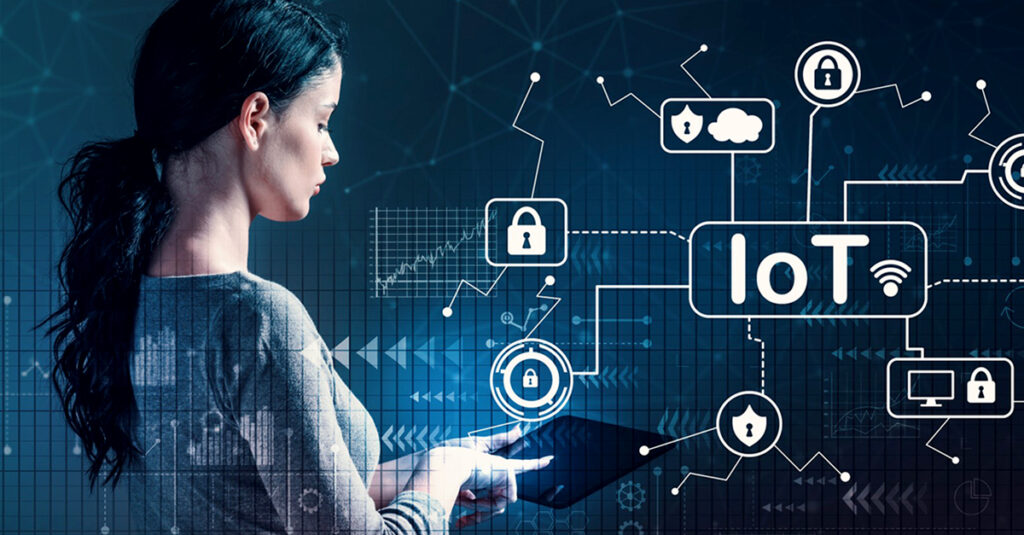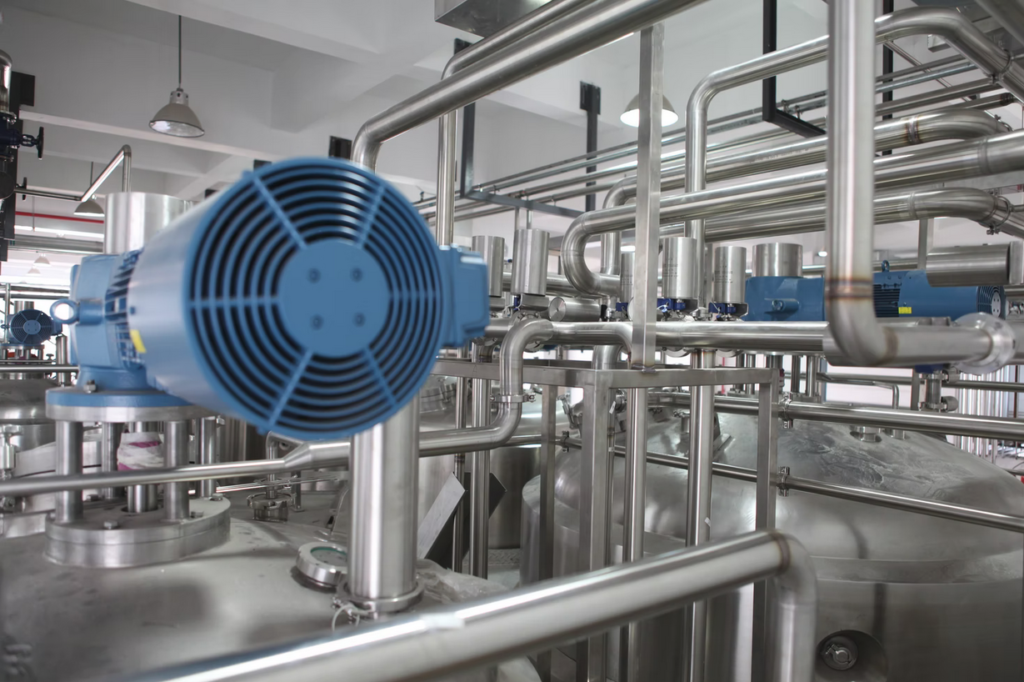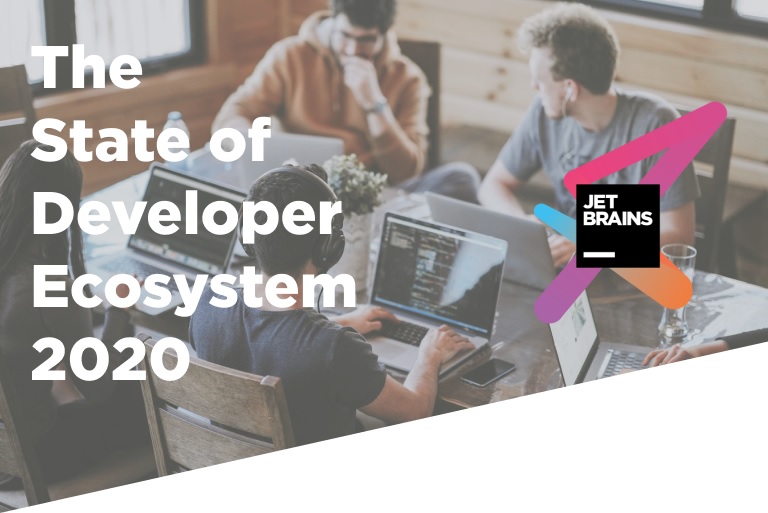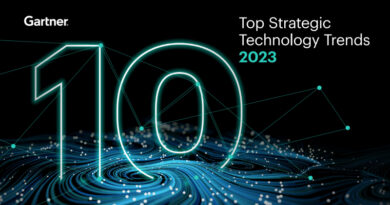What can we expect from the IoT in 2022?
Every time we change the year, the question of until when we can congratulate the new year always arises (some say until January 17, San Antón). Well, something similar happens to us when we talk about technological trends.
Recently we talked to you about the technological tendencies presented by the Gartner consultancy for this 2022 and our impressions. Today we’ll be centering the talk around what we should be expecting of the Internet of Things this year.
Depending on the consultancy or company that tries to predict the future of the IoT, we find a diversity of proposals (and wishes, why not). Let’s see some of them.

IoT trends according to Forbes
Although Forbes is a magazine specialized in business and finance rather than in technology, they analyze what they believe will be the five trends that the IoT will focus on this year.
IoT in healthcare
This is something that continues to grow every year. Due to the pandemic and the impossibility of being in physical contact between patients and doctors, the IoT has been one of the areas in which it has had the greatest development: telemedicine, quantifying bracelets, trackers, constant monitoring (blood pressure monitors, heart rate, oxygen, etc), wheelchairs, etc.
Thanks to IoT devices, the medical managers of many patients can know their health status in real time and without the need to be in person with the patient, thus avoiding the patient having to move and be in contact with other potentially infectious people in the proximities.

IoT and security
The use of IoT devices grows exponentially year after year. So much so that Ericsson predicts that by 2022 there will be around 29 billion connected devices worldwide.
Given such an important niche of devices, it is clear that their security is something vital, as they can be an important claim for malicious attackers to try to exploit or hack them. According to Kaspersky, in the first half of 2021, there were a total of 1.5 billion attacks against IoT devices.
Perhaps that someone knows the temperature of our living room is not much of a problem, but let’s imagine that this means that they can access our local network -and therefore our devices, NAS, etc.- or that what they hack is a medical sensor, like those that we have commented previously (something that has already happened).

IoT in Edge computing
When it comes to analytics with IoT, we can say that Edge computing and IoT devices go hand in hand. Once a metric of interest is obtained, sending it to a server in the cloud to process the raw information and obtain a result is not the most optimal way, so it is normally processed on the device itself and the result is already sent to the cloud of the analysis. This implies several advantages, such as that the calculation can be carried out much faster, and that what gets sent to the cloud is much less information, since the raw data is not sent, but only the result (which speeds up communications ).
In this regard, one of the winning ideas of Indra’s Innovators last year, «Detection and recognition of rubbish in recycling islands, which through IoT and artificial vision improves waste collection», consisted precisely of this; carry out a real-time analysis on the IoT device itself, to later send the result of the processing to the cloud where decisions can be made in this regard.

Another advantage that the use of these Edge devices implies has to do with privacy, because in the event that personal data is collected on the IoT device, the user has custody of it (as long as it is secured), so You can live a little more peace of mind knowing that your data is not uploaded to external servers.
IoT in business and industry
This is another trend that is mentioned every year, both for its importance and for its media coverage. Factories and logistics plants are becoming more and more «intelligent», so they are becoming more and more automated. In addition, the availability of robotics and IoT infrastructure «as a service» means that more and more small businesses will begin to seize the opportunities.
Another aspect to take into account is the use of portable devices as well as the use of augmented reality and virtual reality, technologies that are increasingly used in a wide range of applications and uses, such as design, maintenance, process simulations, digital twins. , etc.

Another intensive use of the IoT is in manufacturing operations, where this technology includes sensors installed in machinery to measure performance, carry out predictive maintenance, predicting where failures and breakdowns will occur before they happen, and more efficiently repair faulty equipment.
IoT for resilient organizations
After «proactive», «resilience» is the new word for success in all areas. For businesses, it includes certain provisions such as ensuring a business has the right skills to deal with widespread changes, such as shifting between home and remote work, as well as ensuring that it does not suffer losses due to activity by competitors. or markets.
And how does the IoT fit into all this? For example, strengthening the supply chain by tracking the movement of inventory between companies, suppliers and customers, anticipating delays. Another possibility is monitoring staff movements around facilities or monitoring worker efficiency to understand workplace turnover and anticipate skill shortages or problems (this is what they say, not us, for the record).
IoT trends according to Perle
Perle is a technology company that develops and manufactures networking equipment, so they’re part of this world, and are also encouraged to give their estimates of the five IoT trends for this year.
Like Forbes, they agree that IoT in health care, security, and in business and industry will be very much in vogue. However, they also add other IoT trends that are interesting to analyze.
IoT as wearable technology
The integration of elements of daily use with the IoT is a fact that we see in watches, t-shirts, virtual reality helmets, fitness and gym gadgets, etc.
We see this intermingled with the health industry, both in medical clothing that quantifies the patient’s constants, and in high-level sports clothing, where athletes are monitored at all times.

IoT in the expansion of 5G
An IoT device is of little use to us if we cannot then retrieve the information quickly (or even in real-time) and easily. Wireless connections are a must-have for IoT devices, with hyperconnectivity and minimum latency being two aspects to take into account, and this is where 5G technology comes in.
Currently, 5G networks continue to be deployed throughout the world, but as coverage and availability increase, IoT devices will be able to make use of them, taking advantage of energy efficiency and fast data transfers, catalyzing the growth and advancement of IoT.
IoT trends according to Network World
Turning to Network World, a major technology publisher, they focus on IoT becoming a service throughout 2022, with vendors creating Low-Code solutions to simplify deployments. They also agree with the rest of the opinions that security will continue to be a problem.
They leave us with three specific trends, according to the opinion of Garnet’s vice president and analyst, Al Velosa.
IoT as business applications
The IoT is going to evolve, moving away from simple connectivity in which data is sent to the cloud and that’s it, to evolve towards fully integrated applications. This implies that companies will not exclusively sell the IoT device, but will accompany it with their IoT platforms (this is something we have been seeing for a long time in projects with IoT devices).
This will lead to the evolution of many companies, where initiatives that are important to the organization (security and scalability) must be addressed as they become more diversified.

IoT and security concerns
As with the other trends, security is vital, which remains a challenge in part because it requires security at multiple levels: endpoints, the network, and the cloud.
As we have seen, the number of attacks suffered by these devices is high, and it is not enough to put a padlock on the device. The problem is important, especially since the responsibility for these different types of security falls on different interested parties:
- The network provider: as responsible for a secure connection.
- The provider of the device: as responsible for physical security.
- The cloud provider: (as responsible for the back-end).
There is therefore a problem of collective action that is difficult to tackle. Not to mention that these concerns could grow even more in the near future, as more widespread IoT deployments and deployments in more sensitive environments take shape.

IoT and the sustainable future
One of the key drivers of spending (and therefore usage) on IoT in the near future is considered to be sustainability. This would be applied in building maintenance systems, which ensure that lights are turned off in unoccupied rooms, to industrial facilities that monitor excessive energy use or toxic emissions. This is still an industrial application in the background but adapted to current sustainability needs.
As we have seen, this year 2022 is loaded with proposals and good ideas that, as the months go by, we will see if they materialize or not. It is clear that the advance of the IoT is unstoppable at all levels, from the aforementioned digital twins to controlling the espresso machine by voice, so we will see how everything evolves.
We hope you found it interesting, and if you have something to add, leave us a comment.
Header image by Robin Glauser on Unsplash





